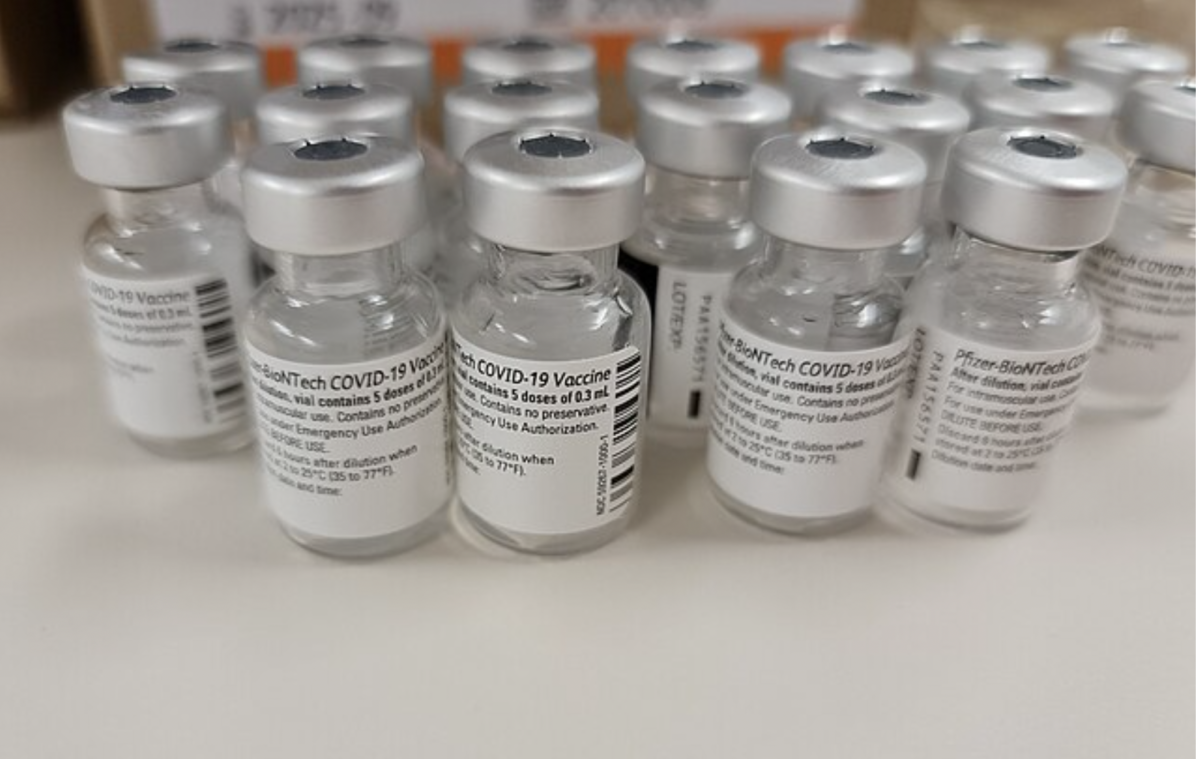As bird flu moves away from the spotlight, a familiar disease is taking its place: the measles. Cases of the measles are on the rise in the United States and have even started to appear in elsewhere in North America including cases in Canada and Mexico. Although there is a highly effective vaccine available, misinformation about this vaccine may be stopping the widespread usage of the injection and increasing the likelihood of transmitting the disease.
The measles has been killing over two million people since the 16th century, mostly children and older adults with weak immune systems. After years of little success, scientists were finally able to create a vaccine, the Measles, Mumps, and Rubella (MMR) vaccine, in the early 1960s that effectively rid the disease of its high mortality rate.
The two vaccines that are available today are the MMR and the MMRV, which also protects against varicella (chickenpox). The vaccine is usually given to kids ages one to two years old with little to no side effects. With a 93% success rate with one dose, the vaccine has been so effective that in the early 2000s, the measles were even declared eradicated in the United States.
However, the measles have made a comeback in states like Texas, where almost all of the infected children were unvaccinated. This unprecedented comeback of the measles can be attributed to the increased amount of vaccine misinformation given to the public, whether that be from social media influencers or newly-elected health officials.
Social media is a big perpetrator in the spread of vaccine misinformation, and as Meta announced an end to their third party fact-checking on apps like Facebook and Instagram, the likelihood that misinformation is posted is high. In a survey done by the Kaiser Family Foundation (KFF), 25% of parents thought that contracting measles was less dangerous than receiving the measles vaccine.
These seeds of doubt planted by social media have many parents questioning if they should vaccinate their children. The decision to not vaccinate leads to gaps in the population that the highly contagious measles will quickly infect. However, the misinformation does not stop at just social media; health officials, like Robert F. Kennedy Jr., have also spread information about the MMR vaccine that has been later disproven by scientists.
“There are populations in our country, like the Mennonites in Texas, [that] were most afflicted, and they have religious objection to the vaccination because the MMR vaccine contains a lot of aborted fetus debris and DNA particles,” Kennedy said in an interview with News Nation.
Fact checkers have proven that the MMR vaccine contains active ingredients including the weakened forms of the measles, mumps, and rubella viruses and no “aborted fetus debris.”
Kennedy has also been a supporter of Andrew Wakefield’s widely debunked theory from a 1998 study that the MMR vaccine causes autism in children. With measles cases still on the rise in many states, health officials continue to push back against the wave of misinformation and urge parents to vaccinate their children.
“The rubella component of the MMR vaccine was developed decades ago using a well-established human cell line, replicated countless times,” former chief medical officer for New York City, Dr. Tyler Evans said to The Independent. “There is no actual fetal tissue in the vaccine. It’s time we stop politicizing science and return to evidence-based public health, because mistrust fueled by misinformation puts our most vulnerable communities at risk.”
Unfortunately, the voices of the scientific community are outnumbered by the social media influencers and public health officials that do not support the vaccine. To stop the spread of vaccine misinformation there needs to be more fact checking done by social media sites, TV shows, and online articles, which should help drive down the number of measles cases.




